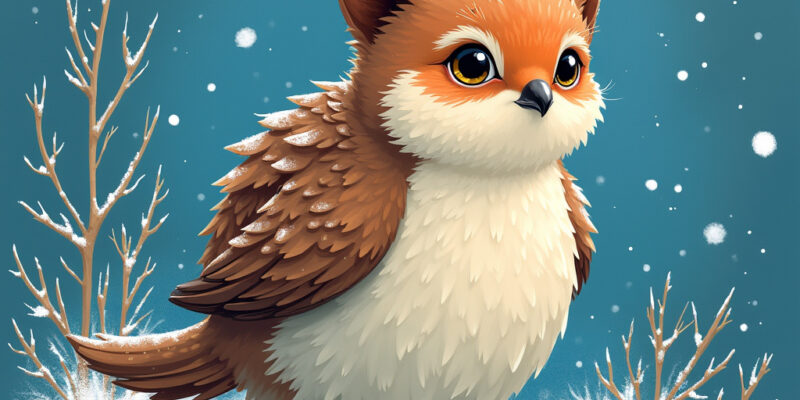Introduction to Winter Burrows
As the temperatures drop and snow blankets the ground, many animals retreat into their winter burrows. These cozy dens serve as safe havens, protecting them from the harsh winter conditions. But what exactly are winter burrows, and how do animals utilize them? In this article, we’ll explore the fascinating world of winter burrows, their importance, and the various creatures that call them home.
What is a Winter Burrow?
A winter burrow is a type of shelter that animals create or inhabit during the cold months. These burrows can be found in various forms, from simple holes in the ground to complex tunnels that stretch underground. Animals use these burrows for several reasons:
- Protection from predators: Burrows offer security from larger animals that may hunt them.
- Insulation from cold: The underground environment tends to be warmer than the surface, providing a more comfortable habitat.
- Storage of food: Many animals store food in their burrows to survive the winter months.
Who Uses Winter Burrows?
Various animals use winter burrows, each with unique adaptations. Here are a few examples:
1. Rodents
Small mammals like mice, voles, and squirrels are known for their intricate burrowing habits. For instance, ground squirrels dig elaborate tunnels that can reach several feet deep. These burrows not only provide shelter but also serve as storage spaces for seeds and nuts collected during the warmer months.
2. Rabbits
Wild rabbits create extensive burrow systems known as warrens. These networks provide safety from predators and a warm place to stay. Inside these warrens, rabbits often have multiple entrances and exits, allowing them to escape quickly if threatened.
3. Foxes
Foxes are skilled diggers and often use burrows created by other animals. They may modify these existing tunnels to suit their needs, making them cozy and safe for raising their young during the winter.
The Construction of Winter Burrows
Building a winter burrow requires skill and effort. Here’s how animals typically construct their burrows:
- Site selection: Animals choose locations that offer protection from the elements, such as hillsides or areas with dense vegetation.
- Dug by instinct: Many animals instinctively know how deep to dig to find the right temperature and moisture levels.
- Material use: Some animals use available materials like leaves, grass, and twigs to line their burrows, adding comfort and insulation.
The Impact of Winter on Burrowing Animals
Winter presents various challenges for burrowing animals. The cold weather can lead to food scarcity, forcing them to rely on stored food. Additionally, heavy snowfall can block burrow entrances, making it difficult to access food or escape from predators. Here are some ways animals adapt:
- Hibernation: Some animals, like certain species of ground squirrels, enter a state of hibernation during the coldest months, relying on their fat reserves until spring.
- Reduced activity: Many animals remain in their burrows for extended periods, venturing out only when necessary.
Winter Burrows and Ecosystem Health
Winter burrows play a crucial role in maintaining the health of ecosystems. They help aerate the soil, promote nutrient cycling, and provide habitats for other creatures. Additionally, as animals dig and maintain their burrows, they contribute to the formation of complex underground networks that benefit various plant and animal species.
Conclusion
Winter burrows are more than just simple shelters; they are vital components of the natural world. By providing safety, warmth, and food storage, these burrows support numerous species during the harsh winter months. Understanding the significance of winter burrows helps us appreciate the resilience of wildlife and the intricate connections within our ecosystems. So next time you see a snow-covered landscape, remember the hidden world of burrows beneath the surface—where life continues to thrive, even in the coldest of seasons.




